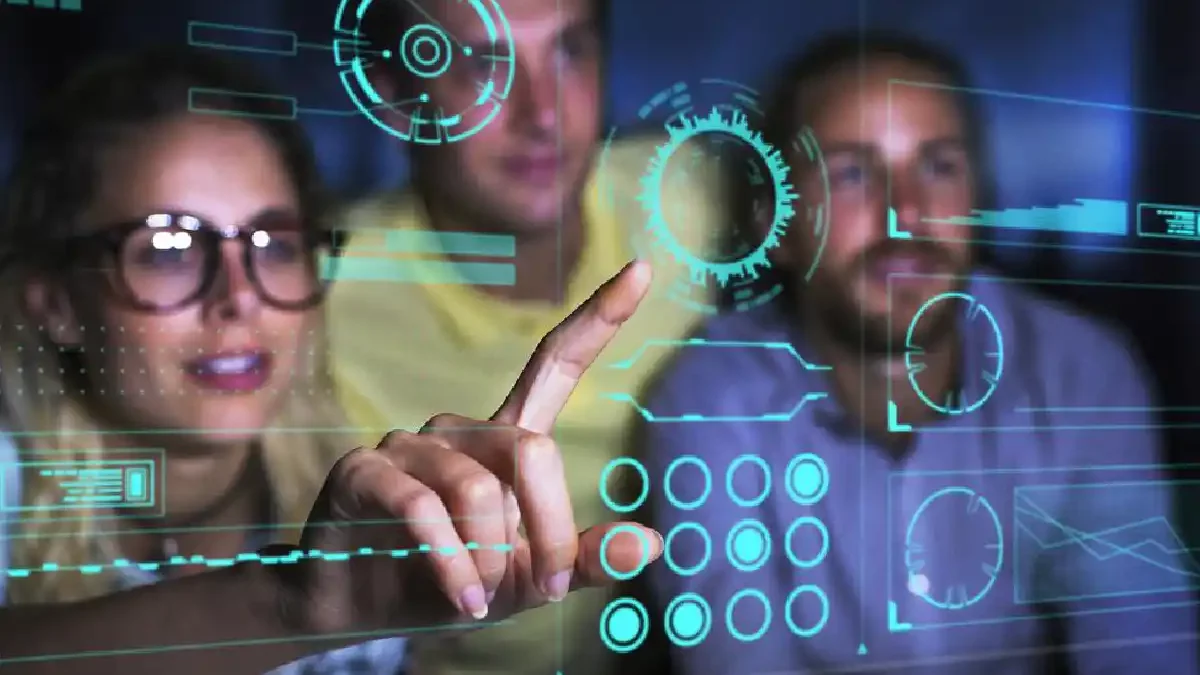Table of Contents
Involving Youth In Generating Data For Social Good Can Create An Impetus For Change.
Development through technology Who developed your latest mobile app? Probably a group of young people in their twenties. Apps, artificial acumen, virtual reality and other digital advances are being developed by young people, mainly for young people. Imagine channelling your youthful energy and ingenuity into beneficial developmental outcomes.
You can happen. At the 2017 World Commercial Forum in Davos, youth delegates used virtual reality to design spaces for displaced youth and created a mobile app to raise funds. But the potential for young people to use these technologies to make a much more significant developmental impact is enormous.
Young people are almost twice because connected as global people. Most of the world’s least advanced countries use the Internet nearly three times as often as the general population. Information and communication technologies (ICT) have helped young people mobilize, collaborate, connect and make their voices heard.
Asia And The Pacific, Home-Based To 60% Of The World’s Youth, Would Principally Use Technology To Change Developing Countries. Development Through Technology
A key area where ICT can make a difference is in social responsibility, putting information from the citizens’ perspective directly into the hands of government officials with the power to effect change. And its potential was recently demonstrated in an ADB pilot initiative using Safetipin. This mobile mapping app collects safety and transportation information from user audits to create safety scores that can then be used to improve pedestrian safety in cities.
The NGO’s Youth for Asia team and the AfDB Civil Society Center collected 1,946 audits over three months in Manila, the capital of the Philippines. The pilot project mobilized 144 youth in the field and sensitized more than 400 youth to issues such as pedestrian safety. Outreach focused primarily on Filipino college students through capacity-building workshops. But the team also reached out to youth crosswise to the ASEAN region through events.
The broader incentive was to explore ways young people can contribute to Sustainable Development Goal 11 through Safe Towns for All.
The data gives us an analysis of how people in Manila feel about various parameters related to their safety. For example, in 25% of the locations surveyed, lighting was inadequate, and 39% had no access to transport within a 400-meter radius. Half of the sites had no security, 21% had no or poor hiking trails, and 45% had poor visibility. The general sense of security was average, with 3.2 out of 5 points. Further data analysis can help planners identify which infrastructure improvements are most needed.
Analysis Of Audit Parameters Founded On Safetipin Facts.
An exciting feature of the pilot study is that the team showed intensive capacity-building sessions before the audit walks. We have organized training at local universities to explain the use of Safetipin and its parameters. And highlight the value of ICT-based social responsibility tools. This exercise significantly improved the quality of the data. In addition, the students used the feedback box in the app to give qualitative feedback on the areas. They were auditing and not just commenting on the different presets.
Here Are Some Points From Our Experience: Development Through Technology
Young people care about them and will go the extra mile to contribute to a cause that affects society as a whole. Even during Manila’s torrential downpour, the youth remained alert and inspected the streets.
Young people can take risks and deal with uncertainty, hoping to lead to a greater good. Girl Scouts of the Philippines listeners fared better


